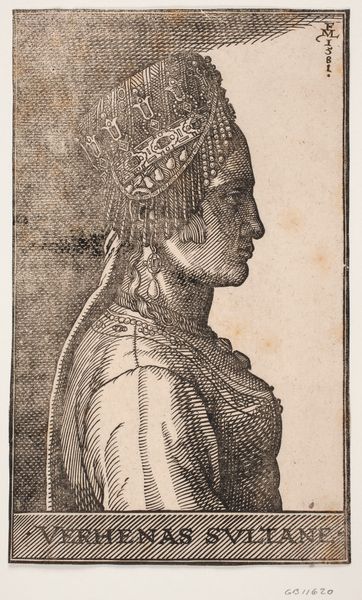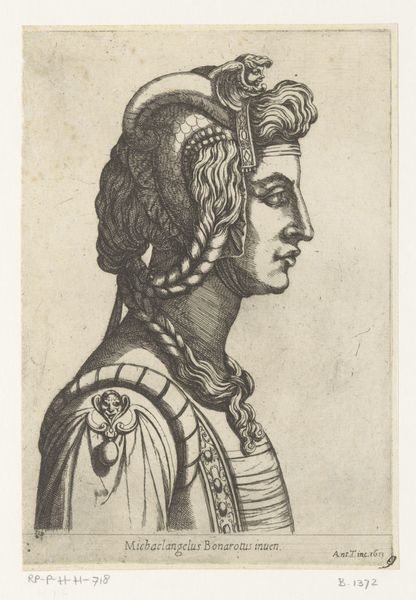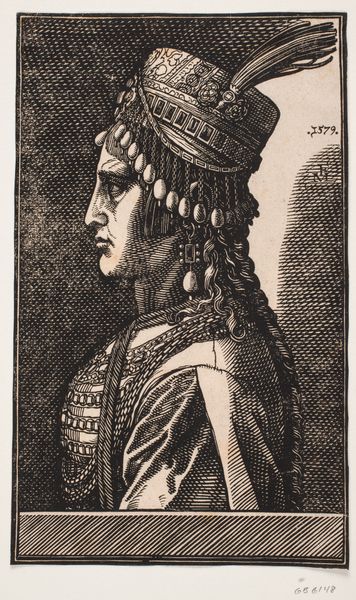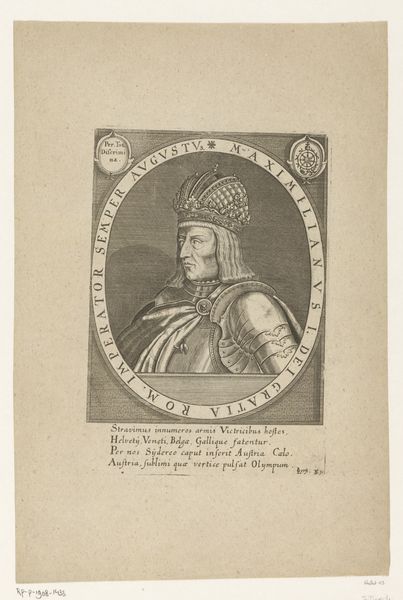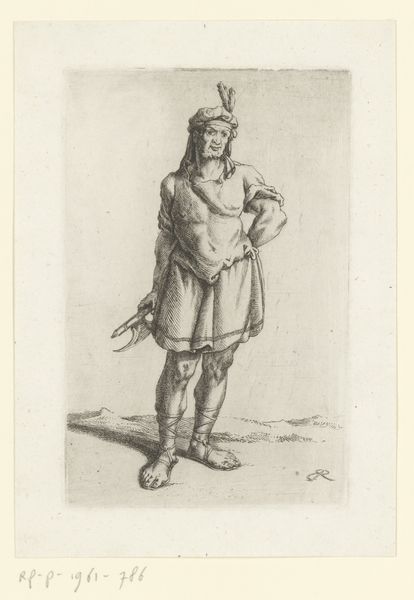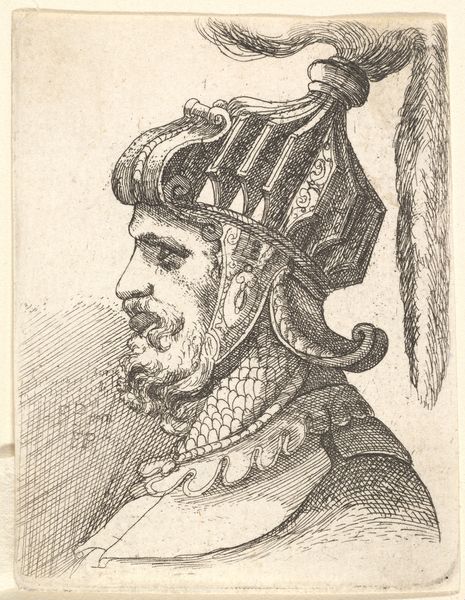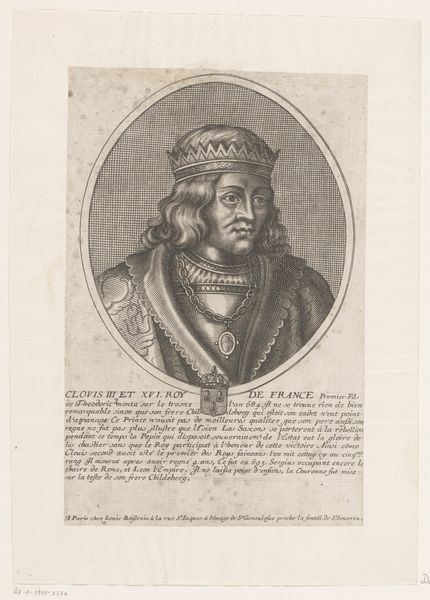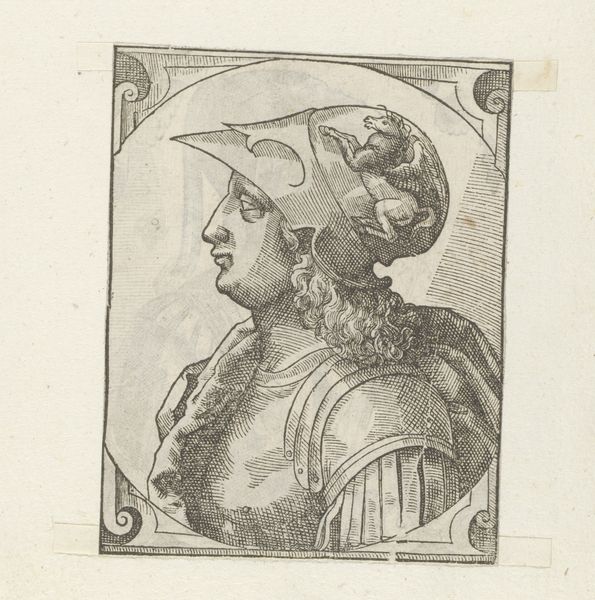
print, woodcut
#
portrait
# print
#
11_renaissance
#
woodcut
#
islamic-art
#
history-painting
Dimensions: 239 mm (height) x 145 mm (width) (bladmaal)
Curator: Looking at this, my immediate sense is one of intense concentration. A kind of… stillness, even in the flowing lines. Editor: That's interesting, especially considering we're viewing Melchior Lorck's 1581 woodcut, "Sultanindeportræt, profil mod v.: ACHADA SOLTANE," now housed at the SMK, or the National Gallery of Denmark. It’s a striking portrait. Curator: A Sultan’s portrait made with woodcut…a sort of democratic technique, don’t you think? Humble origins elevating this figure—all this detailed labor rendered through, shall we say, a somewhat workaday medium. Editor: Absolutely. It's a fascinating interplay. Woodcuts were reproducible, cheaper, a very accessible print medium—imagine the labor involved in those fine lines replicating the sitter’s royal stature and Ottoman opulence. It raises the question of consumption—who exactly was intended to view this image, and what did its reproduction mean? Curator: The detail in the headdress, particularly, makes me think about the artist's relationship to the subject. Was this drawn from life, or compiled from travelers' tales, descriptions, perhaps even earlier, now lost, images? Did Lorck, perhaps, even see some other kind of art and felt something similar when drawing this art? What were his influences? Editor: It seems, in fact, to stem from Lorck’s time as an emissary from the Danish King to the court of Suleiman the Magnificent in Constantinople. This context changes how we interpret the piece! A Dane embedding himself to render the culture around him to others. Curator: You're right, context is everything. It adds another layer, makes it not just about capturing an image, but sharing or mediating cultures, bridging understanding across civilizations separated by distance and prejudice. To witness and convey the majesty and power but reduced to a print shows such perspective on our relationship to labor! Editor: And, returning to the materiality, it forces a question. Lorck was undoubtedly influenced by those that held the original figure—was he also influenced by the craftsmen that labored day in and day out, repeating the forms and patterns of the Islamic empire into common life? How can we measure the artist against such unseen influence? Curator: Food for thought. Ultimately, I leave today not just considering one powerful portrait but now a broader understanding of human creativity and exchange across diverse realms and crafts and, perhaps, beyond that as well. Editor: Precisely—it speaks volumes about how the "everyday" and "art" are produced through collective imagination and effort.
Comments
No comments
Be the first to comment and join the conversation on the ultimate creative platform.
